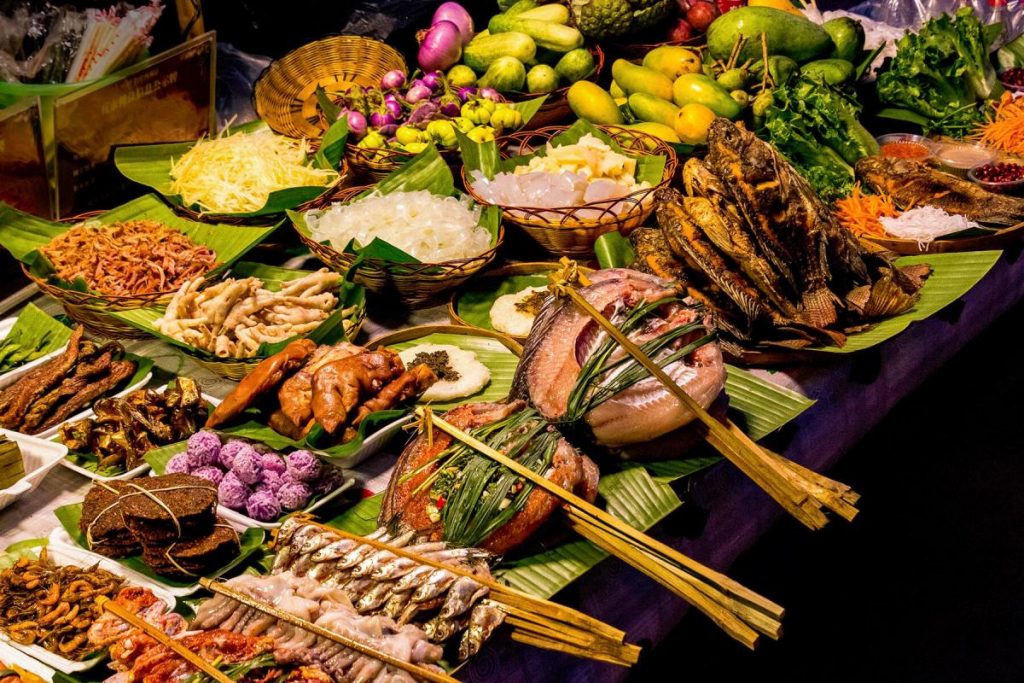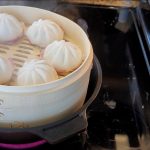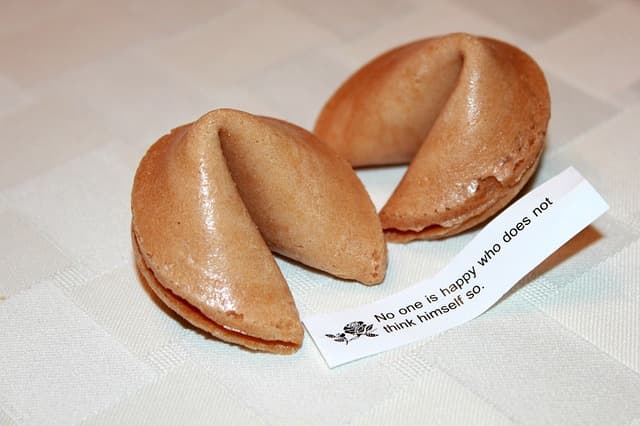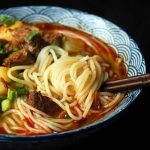A well-known Chinese epithet says: “Food is heaven” and how right it is! Chinese cuisine is one of the oldest in the world… with more than 4 millennia of history and tradition, it evolved into a unique gastronomy, growing and expanding until today. Famous for rice and exotic food, its techniques have been perfected to offer exquisite dishes with a strong cultural identity. Some of the foods have particular meanings, the most prominent of which are: good luck, togetherness, commemoration and best wishes.
Hot pot
The hot pot is all the rage in the city! Hot pot, a food originating from northern China, is served in many restaurants and symbolises good luck and prosperity. Why has it become so popular over the past year? Customers are part of the experience, they choose the ingredients, add them to the pot and cook over medium heat until they are ready. The Hot Pot consists of a flavoured broth: original, spicy, mushroom or tomato. In addition to the meat, the accompanying sauce and the cooked vegetables.
Peking Duck
One of the most prestigious and representative dishes is Peking duck, crispy on the outside and tender on the inside, known in some places as “heaven’s delight”. It was first cooked during the imperial period in ancient China, about a thousand years ago. In the late 19th century this dish was moved outside the palace walls for popular enjoyment. Peking duck is made from high quality meat, roasted over charcoal or wood fire and served in thin slices with tortillas, sweet beans or soybeans.
Fried rice
Tired of preparing complicated food? Then your ideal dish is fried rice, cooked in three different specialities. The first is Yang Zhou fried rice, one of the most characteristic, it has earned its own name in Chinese cuisine. The accompanying ingredients are: peeled shrimps, diced ham, scrambled eggs, carrots, mushrooms, bamboo shoots, corn and green beans. Once the rice is cooked, its aroma is brought out and it is stir-fried to a golden-yellow colour. On the other hand, there is Cantonese fried rice, stir-fried with minced garlic, ham and corned beef. Finally, Fujian fried rice is made with chicken, mushrooms, shrimp, carrots, scallops, egg, tomato and starch.
Spring rolls
Ready for Chinese New Year! Spring rolls have long been eaten at this celebration, marking the end of winter and the beginning of spring. The rolls have a crunchy texture, with a sweet or savoury filling inside. For the sweet filling, they are wrapped with a sweetened bean paste. The savoury filling consists of lettuce, shredded pork, bamboo shoots and mushrooms.
Sweet and sour pork
Can’t decide on just one flavour? This dish, popular in Shanghai, combines sweet and sour flavour with a glossy, gelatinous texture. The main ingredient is pork, but some restaurants change the option to chicken to offer more variety on the menu. What makes this dish stand out from the rest is the breading: it is lightly coated in flour and then fried for an extra layer of crispiness. The easy-to-prepare sauce is composed of: soy sauce, tomato, pickled rice, honey, cornstarch, and finally, water and cornstarch, which together create… an irresistible thick and juicy texture!
Kung Pao Chicken
The famous Kung Pao Chicken, a Sichuan speciality, is an irresistible dish with a fresh and spicy taste. There are two different versions: the original and the westernised version. The original recipe is made with diced Gong Bao chicken, fresh, moist and unroasted peanuts or cashew nuts. The peanuts are first poured into the bottom of a wok with hot oil, then fried until golden brown, and finally the other ingredients are added. In the western style, cornstarch, vegetables, sweet and sour sauce and garlic puree are added.
Wonton
From tradition to the plate… Wonton is a food that originated in the Tang Dynasty in northern China, but today it has become popular throughout the country. It is most commonly eaten during the winter solstice. How is it prepared? With the palm of the open hand, place the thin dough and add a small amount of filling in the centre, then seal the edge with your fingers. They are usually boiled and served in hot soup or fried. They are similar in shape to tortellini, but a little more rectangular. The filling can be meat, either pork or chopped shrimp, or vegetables.
Dumpling
Dumpling, similar to Wonton, are Chinese dumplings with a history and culture of 1,800 years. In the northern part of China, they are prepared and eaten on Chinese New Year’s Eve. The most characteristic are those with beef and carrot filling, as well as lamb and carrot, pork with onion and mushrooms sautéed with eggs. They can be boiled, steamed or fried.
Ma po tofu
Homemade and easy-to-cook food! Characteristic of Chengdu, the capital of Sichuan, Ma po tofu is one of the dishes with a tradition of more than 100 years. Its food became popular in 1862, following a small restaurant operated by Chen Ma Po, people liked the tofu so much that they nicknamed it Ma po tofu. Its spicy flavour of chilli and pepper combined with tender tofu sautéed in a bean base, bright red beans, minced pork and chopped green onion create a tasty and exquisite dish for all palates.
Chow mein
Chow mein means “stir-fried noodles” in Cantonese pronunciation. To make this dish you need: noodles, chicken, beef or pork. Shrimp can also be used, as well as a variety of vegetables such as carrots, onions and celery. The noodles, whether flat or round, should be boiled for a long time and then, once cooled, can be sautéed with the rest of the ingredients.
Moon cake
The quintessential Chinese dessert! Gastronomy and tradition come together to create the mooncake, served during the Mid-Autumn Festival. It symbolises wholeness and togetherness, which is why it is eaten during this celebration, reinforcing the concepts of prosperity and family reunion. The cakes are round, small and filled with a variety of ingredients, packed in designer boxes and given as gifts to family or friends. The dessert measures around 5-10 cm, most have a puff pastry skin with sweet fillings and are served alongside Chinese tea.





